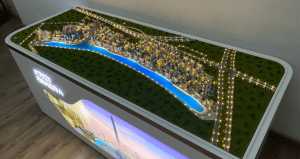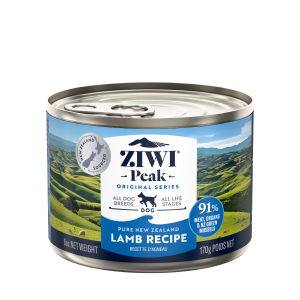Advanced Tips For 3D Printing Success
2 min read
Achieving successful 3D prints consistently requires more than just basic knowledge of 3D printing technology. Advanced users understand the nuances that can significantly impact print quality and reliability. Find here some advanced tips to improve your 3D printing in Dubai experience.
Calibration and maintenance:
Calibrating your 3D printer regularly is vital for achieving accurate prints. Focus on calibrating the bed leveling, extruder steps, and filament diameter settings. Additionally, keep your printer well-maintained by cleaning the nozzle, lubricating moving parts, and checking for loose belts. These routine tasks prevent issues like layer shifting, under-extrusion, or adhesion problems.
Material considerations:
Experiment with different materials beyond standard PLA and ABS. Advanced filaments like PETG, TPU, or composite materials offer unique properties such as flexibility, durability, or even conductivity. Understand each material’s printing requirements, including optimal temperatures, cooling settings, and bed adhesion techniques. Adjusting these parameters correctly can minimize warping, stringing, or nozzle clogging during prints.
Advanced slicing techniques:
Mastering slicing software goes beyond basic settings. Utilize features like variable layer heights for optimized prints where fine details are necessary alongside structural integrity. Implementing adaptive layering or print speed adjustments can further improve print quality and reduce printing time. Experiment with infill patterns and densities to balance strength and material usage based on print requirements.
Overcoming complex geometries:
Printing complex shapes or overhangs successfully requires advanced techniques. Utilize support structures effectively to maintain print integrity without sacrificing surface quality. Experiment with different support materials or generate custom supports using CAD software for intricate designs. Understanding bridging settings and cooling strategies can also mitigate issues like sagging or drooping during print.
Post-processing techniques:
Post-processing can significantly improve the aesthetic and functional aspects of 3D prints. Explore techniques such as sanding, priming, or chemical smoothing to achieve smoother surfaces or specific textures. Advanced users also delve into painting, dyeing, or electroplating prints for custom finishes. Additionally, consider post-curing techniques for resin prints to improve material properties like strength and durability.
Achieving advanced 3D printing success involves continuous learning and experimentation with techniques beyond basic printing skills. By mastering calibration, exploring diverse materials, optimizing slicing techniques, overcoming complex geometries, and refining post-processing methods, users can elevate their 3D printing projects to new levels of precision, quality, and creativity. Incorporating these advanced tips ensures that each print meets or exceeds expectations, opening up possibilities for complex designs and functional prototypes in various industries.



